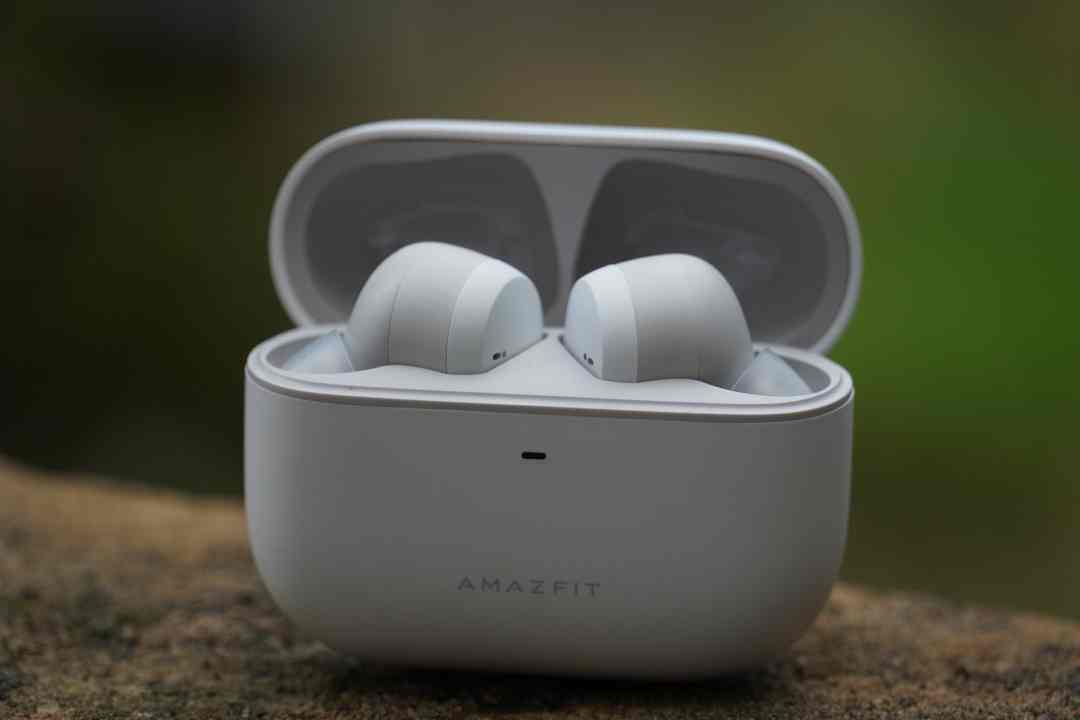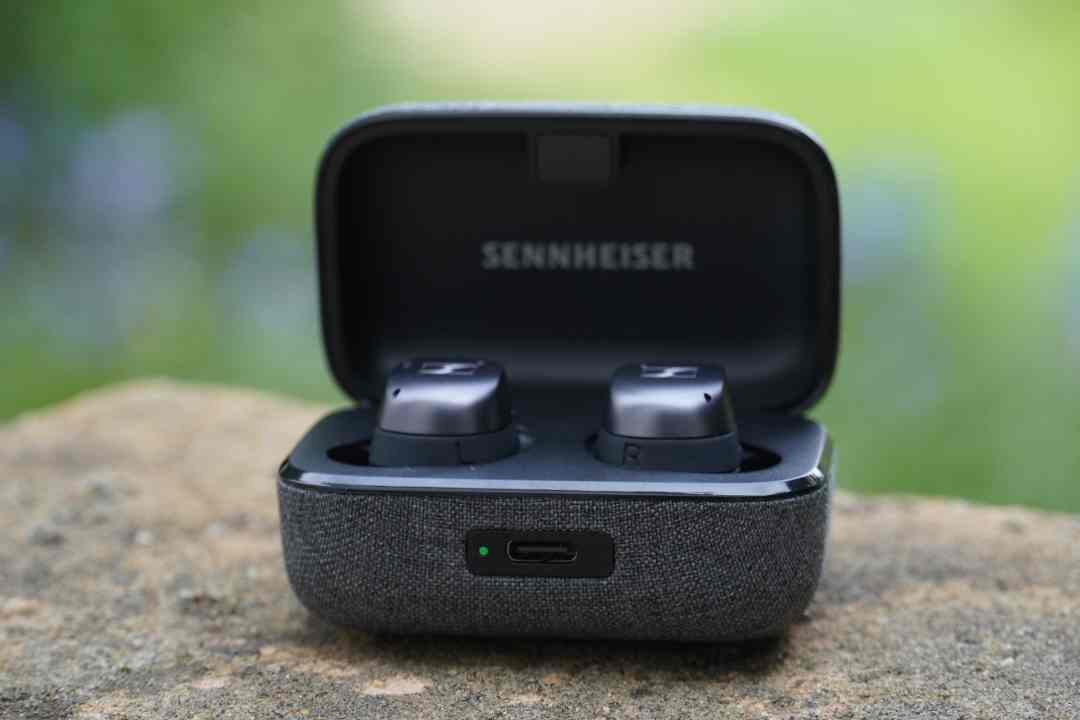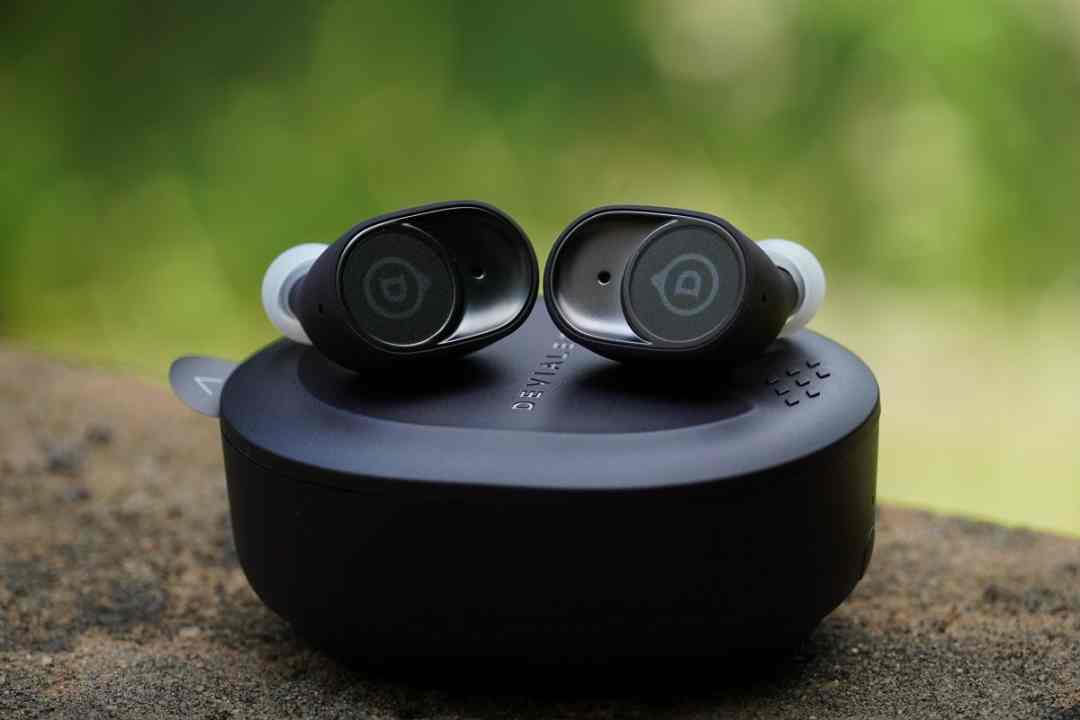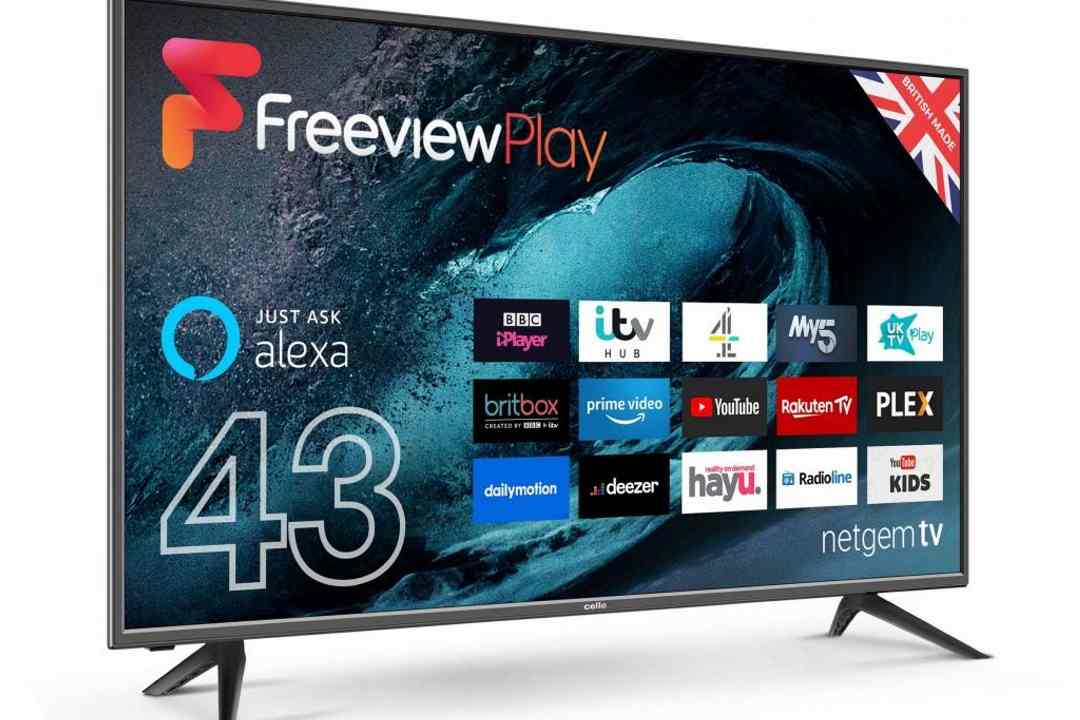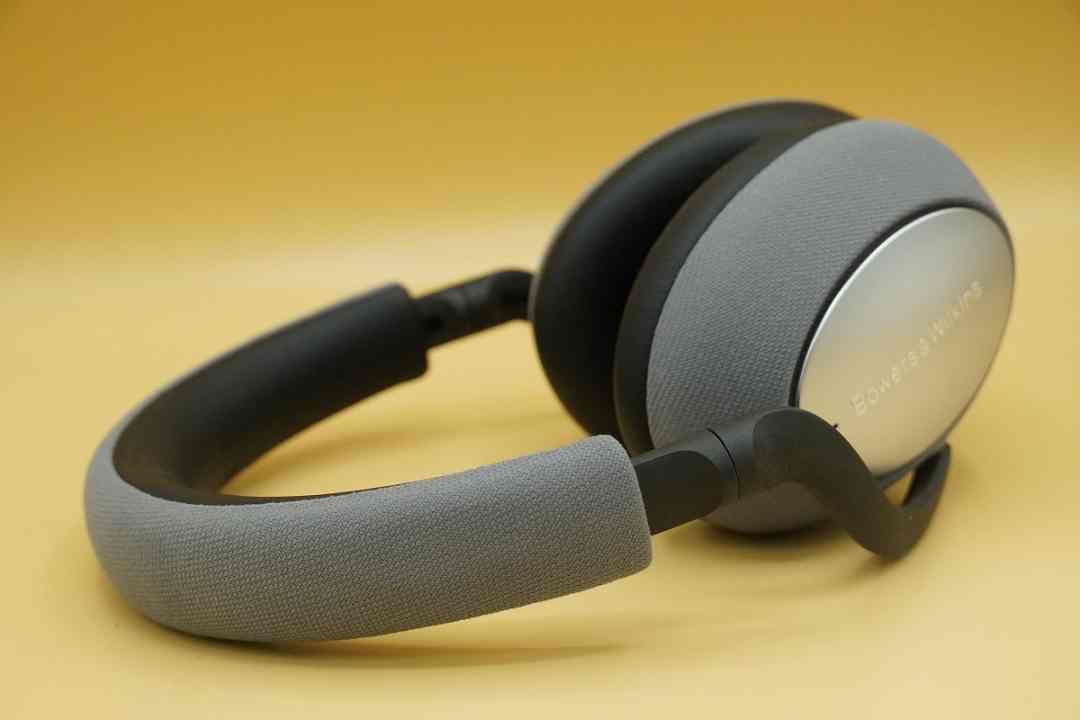
With the PX7, Bowers & Wilkins produced a headphone with great sound and some excellent features. The ANC is just fine though, and the design may be troublesome for smaller heads.
Pros
- Big, crisp, energetic sound
- Long lasting battery
- Useful wear sensor tech
- Impressive Ambient pass-through mode
Cons
- Bettered for ANC
- Choppy signal in busy areas
- Bit big for smaller heads
Availability
- UKRRP: £349
- USARRP: $399
- EuropeRRP: €399
- CanadaRRP: CA$499.95
- AustraliaRRP: AU$599.95
Key Features
-
Adaptive noise cancellationNoise cancellation adapts depending on the amount of noise it detects
-
Wear Detection sensorSensor pauses music when headphones are taken off
-
aptX, aptX HD, aptX Adaptive audioSupports hi-res audio Bluetooth playback
Introduction
The PX7 are Bowers & Wilkins’ current flagship PX model, boasting support for ANC, aptX sound and 30 hours of battery life.
Bowers & Wilkins have received plenty of kudos for their headphones, from the P5 to P9 Signature and the original PX. As part of a refresh in 2019 it introduced four new headphones in the PI3, PI4, PX5 and PX7.
Sitting at the top are the PX7 over-ears, which set their stall out as headphones for the music purist, packed with advanced audio technology and showcasing B&W’s interesting taste in design. With the PX7 S2 leaked earlier in 2022 but not officially confirmed, should you wait for those headphones or invest in the PX7?
Design
- Big in size
- Tight clamping force
- Comfortable enough to wear
- Physical buttons
The PX7 feature 43.6mm drivers, the largest in the B&W’s headphone range, which contributes to the headphones weight of 310g. That’s more than the Bose QuietComfort 45 (240g); Sony WH-1000XM4 (254g) but nowhere near as heavy as the AirPods Max (384g).
So despite being big and producing that unwanted ‘Mickey Mouse’ effect – they’re not too cumbersome and fair quite well in the comfort stakes. The fit is a snug one, with a clamping force that’s not too tight and the natural noise isolation of the earcups proves effective. For smaller heads I imagine the size is an issue even with the adjustable headband, but they don’t weigh down upon the head nor do they overheat the ears.
I did find that the PX7’s design becomes a factor over prolonged listening sessions. They start to pinch around the lower ear, which may mean shorter bursts are better for some.
The frame is made from a woven carbon fibre composite that B&W claims is as strong as a more traditional steel or aluminium frame – so they should be able to withstand a bit of punishment. And while they’re not as svelte as the original PX, they’re a fetching pair that come in Silver, Space Gray and Carbon finishes and they’re all good looks.
The earcups swivel, but don’t collapse, which doesn’t make them the most portable. If you’re taking them off, then it’s straight into a rucksack or the accompanying case.
B&W has stuck with physical buttons, and on the right-hand side are buttons for power, which also doubles up as the switch for Bluetooth pairing. Beneath that is volume up button, followed by the stop/start/skip (tap twice to go forward, tap thrice to go back) and then the volume down button. There’s also a USB-C and 3.5mm connection, while on the left earcup is a solitary button for toggling through the noise-cancellation modes.
While there’s the potential with touch controls for missed swipes or taps, even with physical buttons I still find that I run my thumb down the row of buttons before pressing, which slows the process a little. The assurance with physical buttons is that they work every time, so it’s a question of which interface you prefer.
Features
- Wear sensor tech works well
- Connection can be choppy
- Good rather than great noise cancellation
With the wear sensor tech, you can lift up an earpad and playback stops; place it back down and the music starts again. Leave them unattended for long enough and they’ll conserve energy by going into standby; put them back on your head and they’ll come back to life. It’s a nifty piece of tech that works more often than it doesn’t.
Battery life has been boosted from to 30 hours over the original PX, though bear in mind that’s with listening levels at ‘average’, but it does mean you won’t need to charge these as often. A fifteen-minute charge props battery life up by five hours.
Noise cancellation modes have been tweaked. Flight/City/Office modes have been replaced by Low/Auto/High. Low is the same as City and offers awareness of what’s nearby. Auto is Adaptive NC and that changes the noise cancelling levels to suit your environment. High is for noisy environments, fulfilling the same role as Flight mode.
Regarding the noise cancelling performance, office sounds, ambient noises and passing vehicles dissipate into the background, but voices remain an issue. On more than one occasion I could hear the natter of others during a commute, and even turning up the volume couldn’t quite eliminate it.
It’s also ill at ease with wind noise, an using them on the Jubilee line – which is one of the loudest – they weren’t as effective at reducing the whistling noise of air through the tunnel. There is, at least, no perceptible whine when noise-cancellation is engaged, or any change in the performance audio, but weren’t as proficient as the WH-1000XM3, and since then the XM4 have come out as well as the QuietComfort 45 and Technics EAH-A800, all of which are better than the PX7.
New is Ambient Pass-Through, allowing control over how much sound is passed through, and this can be adjusted via a slider in the B&W Headphones app. Nudging the slider down blocks sounds completely, while moving it to the top lets them all through. Activating pass-through automatically reduces the volume level, and it’s very effectively done and usefully deployed, especially if you’re having a conversation and are too lazy to take the PX7s off.
The Headphones app is a simple affair with options for noise cancelling and Ambient pass-through mode. You can also adjust the proclivity of the wear sensor, add another device for the multi-point pairing feature and listen to soundscapes from the natural world. I’m not sure how much use that will get, but perhaps people will use it for more relaxing moments. If the headphones require an update, you’ll receive a prompt in the app.
The PX7 are compatible with Bluetooth 5.0 and support aptX all the way up to the Adaptive audio – the first pair of headphones to do so. Support for connection to two devices simultaneously is included, which did lead to notifications of reconnecting and disconnecting whenever I walked in and out of range of devices. An update has ensured that one device is now treated as the default.
The stability of the wireless connection hasn’t always been the best – at Canary Wharf tube station they were often choppy. Disconnections aren’t unexpected, but given the aptX Adaptive support, I expected better.
Sound
- Sure handling of bass
- Spacious soundstage
- Crisp and natural performer
Starting off with Steve Wonder’s Lately and the PX7 produce a sumptuous listen. The emotion from Wonder’s voice is communicated with such feeling and intimacy it made me go back and listen to it all over again.
The sense of space and width is impressively roomy for a closed-backed pair of headphones. You can place where instruments are in the soundstage, the organisation of which gives the performance a sense of flair. It’s a tightly knitted and woven performance, and that makes for a cohesive, natural and engaging performance.
Their character is crisp and neutral, balanced across the frequency range with bass tight, punchy, and weighty, providing The Pharcyde’s Runnin’ (TIDAL) a firm foundation to work with. At the other end of frequency spectrum, they prove just as capable, delivering a brightness to treble notes that’s judged well with the amount of shine and insight that brings out the delicacy of the piano notes in Alexandre Desplat’s Little Woman soundtrack.
Dynamism is very expressive with Michael Giacchino’s Can’t Fight City Halloween from The Batman soundtrack, the rising four-note motif makes attention-grabbing appearance towards the end of the track.
The detail drawn out from music is good and knitted together with an impressive sense of timing. The PX7 are fairly forgiving too, taking lower-quality files, and making perfectly acceptable to listen to, but for the best performance ought to feed them the highest music quality to reap the best results.
Rhythmically they’re almost effortless. A play of Forge from Alan Silvestri’s Avengers: Infinity War soundtrack and the PX7 are full of energy, power, and drive, adapting to the shifts in tempo helps to communicate the urgency and suspense of that track. These headphones are a superbly expressive and naturalistic listen.
Latest deals
Should you buy it?
You want excellent sound B&W deliver when it comes to the audio performance. The PX7 are crisp-sounding headphones with an infectiously energetic delivery
You want better noise cancellation Bose, Sony and Technics all offer stronger performances around the same price point. And I’d expect the upcoming PX7 S2 to perform at a level higher than this pair when it comes out
Final Thoughts
With the PX7, Bowers & Wilkins has produced a headphone with great sound and some excellent features. The ANC is good but not as strong as other headphones and the size may be troublesome for some. Nevertheless these are one of the finest-sounding wireless headphones at their price point.
If you’re reading this review in 2022 and like Bowers’ audio sensibility, the question is whether to go for these headphones or wait for the PX7 S2. I’d suggest waiting to see what Bowers & Wilkins has up its sleeve for its next flagship PX headphone.
Trusted Score
How we test
We test every headphones we review thoroughly over an extended period of time. We use industry standard tests to compare features properly. We’ll always tell you what we find. We never, ever, accept money to review a product.
Find out more about how we test in our ethics policy.
Tested over a few weeks
Tested with real world use
Tested with a range of music


